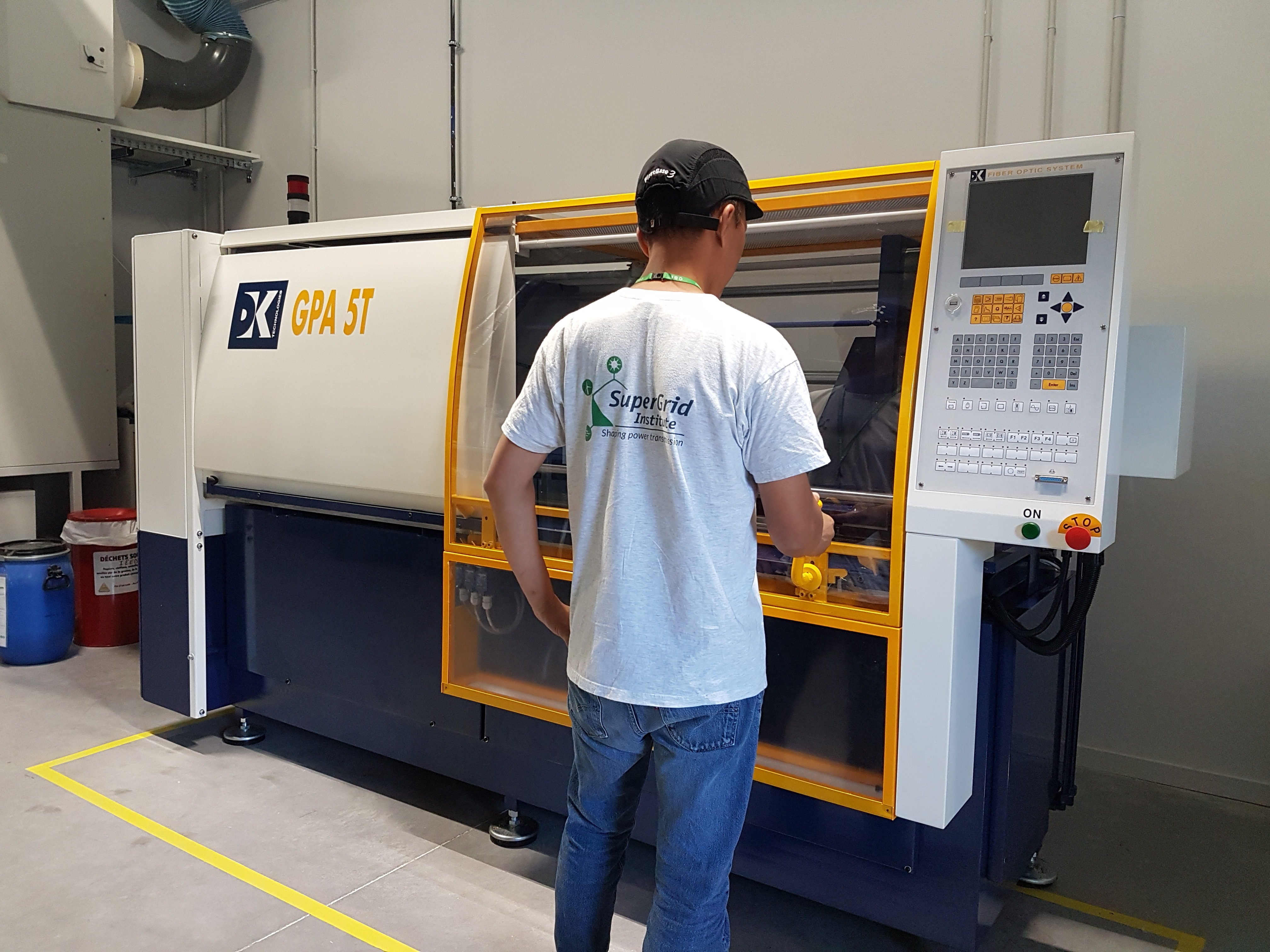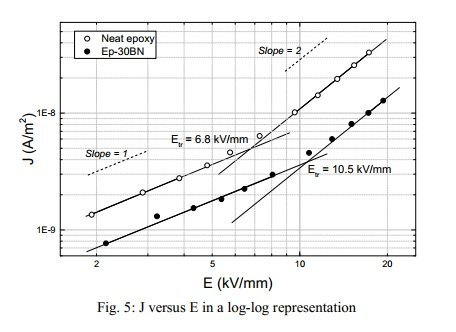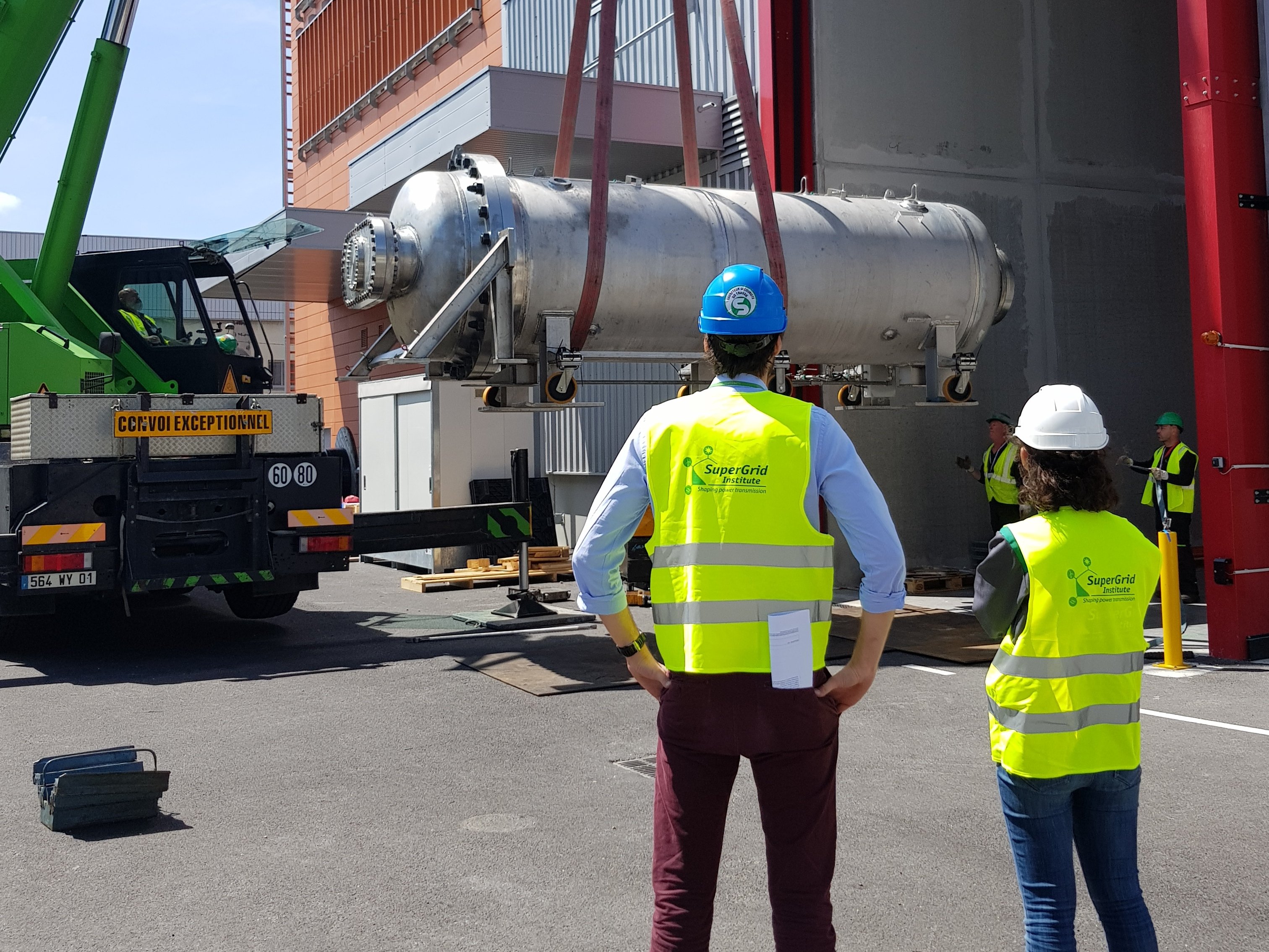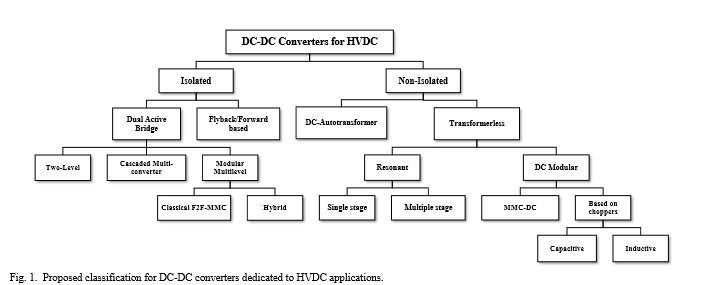Uncertainty Quantification for the Eulerian-Lagrangian simulation of evaporating sprays
Evaporating sprays can be almost routinely simulated using an Eulerian-Lagrangian approach which relies on a RANS modeling of the continuous phase and a Lagrangian description of the discrete phase, including a turbulent dispersion model to express the effect of turbulent fluctuations within the carrier phase on the spray particles and an evaporation model for the spray droplets.






